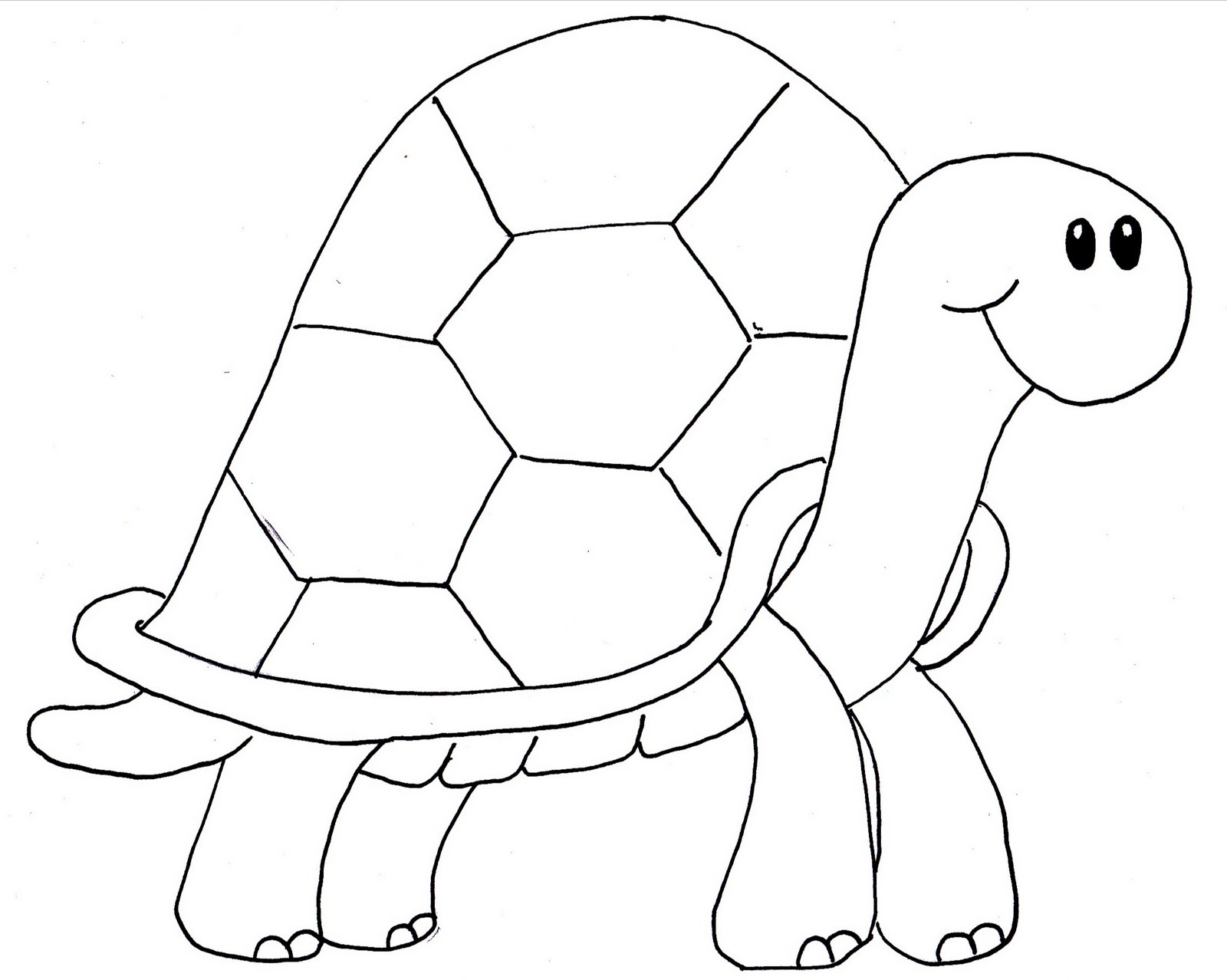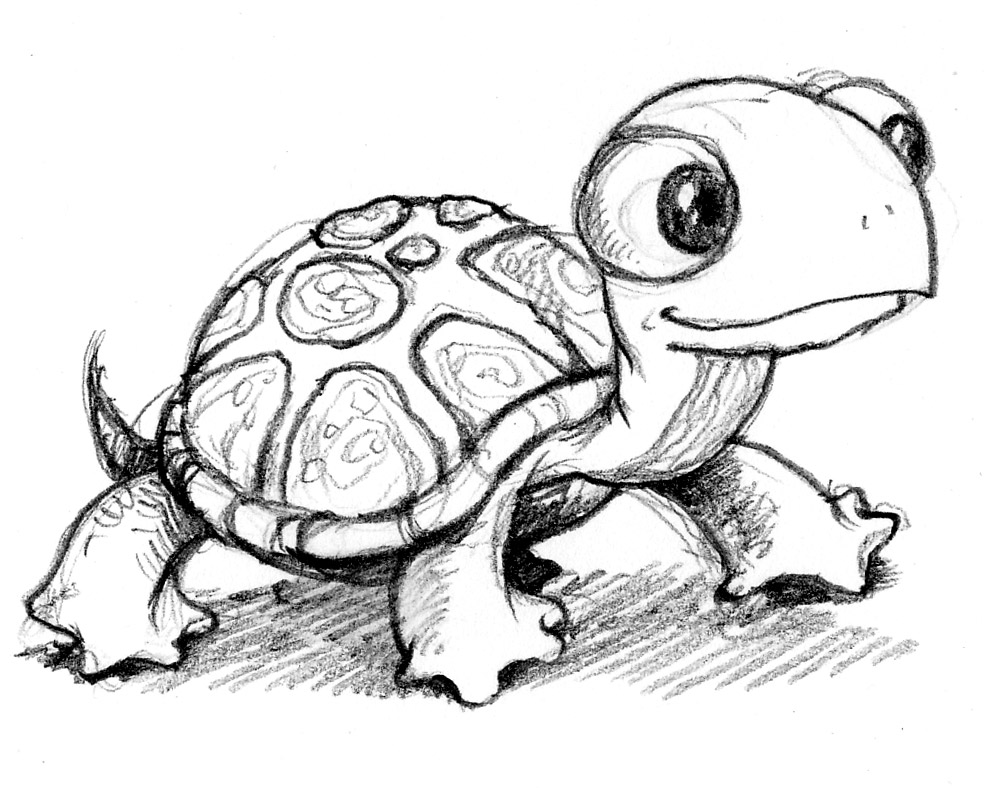Learning how to draw a turtle can be a fun and rewarding experience for both children and adults alike. Whether you're an aspiring artist or just looking for a creative outlet, this comprehensive guide will provide you with all the tips and tricks you need to bring your turtle illustrations to life. In this article, we will explore various techniques, tools, and styles to help you master the art of turtle drawing.
From understanding the basic shapes to adding intricate details, we'll cover every aspect of drawing a turtle. Additionally, we’ll share some insights on the different types of turtles, their characteristics, and fun facts that may inspire your artwork. Let’s dive in and start our artistic journey!
Turtles are fascinating creatures that have captivated the hearts of many with their unique appearance and gentle nature. By the end of this article, you'll be equipped with the knowledge and skills to create stunning turtle drawings that you can be proud of. So grab your pencils, and let’s get started!
Table of Contents
- 1. Introduction
- 2. Understanding Basic Shapes
- 3. Step-by-Step Guide to Drawing a Turtle
- 4. Different Styles of Turtle Drawing
- 5. Coloring Your Turtle Drawing
- 6. Fun Facts About Turtles
- 7. Common Mistakes to Avoid
- 8. Conclusion
1. Introduction
Before we start drawing, it's essential to familiarize ourselves with the basic anatomy of a turtle. Turtles have distinct features such as a rounded shell, flippers, and a small head. Understanding these elements will help you create a more accurate representation in your drawings.
In this section, we will also discuss the different types of turtles, including sea turtles, land turtles, and freshwater turtles. By knowing their characteristics, you can choose which type of turtle to draw and add your unique flair to the artwork.
2. Understanding Basic Shapes
Every drawing begins with basic shapes. To draw a turtle, start by sketching the following shapes:
- **Oval**: For the turtle's shell.
- **Circles**: For the head and limbs.
- **Rectangles**: For the tail.
Combining these shapes will give you a solid foundation to build upon. Don't worry about making it perfect; this is just the initial sketch!
3. Step-by-Step Guide to Drawing a Turtle
Step 1: Draw the Shell
Start with an oval shape for the turtle's shell. Make sure it is wider than it is tall to mimic the natural shape of a turtle's shell.
Step 2: Add the Head
Draw a smaller circle at one end of the oval for the turtle's head. Ensure it connects smoothly to the shell.
Step 3: Sketch the Limbs
Add four limbs by drawing small circles at the corners of the shell. Connect these circles to the shell with curved lines to depict the flippers.
Step 4: Draw the Tail
At the opposite end of the head, draw a small rectangle or triangle shape for the tail.
Step 5: Add Details
Now, it’s time to add details such as the eyes, mouth, and texture of the shell. For the shell, you can draw patterns like lines or spots to give it more character.
Step 6: Finalize the Outline
Once you’re satisfied with your drawing, use a darker pencil or pen to trace over your sketch. Erase any unnecessary lines to clean up your drawing.
4. Different Styles of Turtle Drawing
Depending on your preference, you can explore various styles of turtle drawing, including:
- **Realistic**: Focus on accurate proportions and details.
- **Cartoonish**: Use exaggerated features and vibrant colors.
- **Abstract**: Experiment with shapes and colors to create a unique representation.
Choose a style that resonates with you and let your creativity flow!
5. Coloring Your Turtle Drawing
Coloring adds life to your turtle drawing. Here are some tips for coloring:
- **Choose Natural Colors**: Use greens, browns, and yellows for a realistic look.
- **Experiment with Shades**: Use lighter and darker shades to add depth.
- **Consider Background**: A simple background can enhance your turtle's appearance.
Feel free to use colored pencils, markers, or watercolors based on your preference.
6. Fun Facts About Turtles
Here are some interesting facts about turtles that you might find inspiring:
- Turtles are one of the oldest reptiles, dating back over 200 million years.
- There are over 300 species of turtles worldwide.
- Some turtles can hold their breath for several hours underwater.
Incorporating these facts into your turtle drawing can add an educational aspect to your artwork!
7. Common Mistakes to Avoid
As a beginner, it’s easy to make mistakes. Here are some common ones to watch out for:
- **Proportions**: Ensure the head and limbs are proportionate to the shell.
- **Rough Lines**: Take your time with the sketching phase to avoid messy lines.
- **Neglecting Details**: Don’t skip on adding textures and patterns.
Practice makes perfect, so don’t get discouraged if your first drawing isn’t perfect!
8. Conclusion
In this guide, we have explored how to draw a turtle step-by-step, from understanding basic shapes to adding finishing touches. Remember, practice is key, and the more you draw, the better you’ll become. We encourage you to share your turtle drawings with friends and family or even post them online!
Feel free to leave a comment below sharing your experiences or any questions you may have. Happy drawing!


